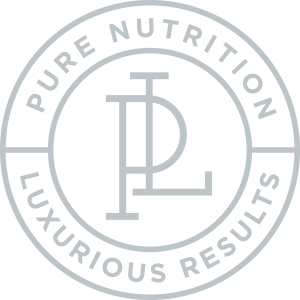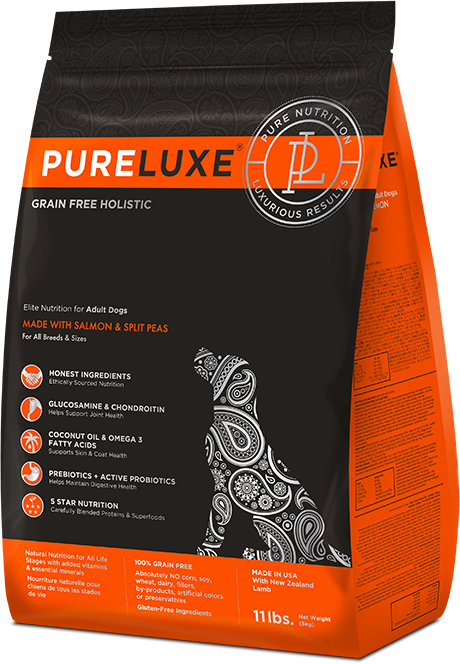For years, pet owners have trusted that the food they scoop into their
For years, pet owners have trusted that the food they scoop into their furry companions’ bowls is nutritious and safe. But in an era of heightened consumer awareness, a growing demand for transparency is reshaping the pet food landscape. Some companies are stepping up, embracing a new level of openness through comprehensive transparency reports.
These reports go beyond the basic ingredient list, offering a deep dive into the sourcing, production, and testing processes. Think of it as a detailed roadmap of your pet’s meal, from farm to bowl.
One crucial aspect covered is ingredient sourcing. Where exactly do the proteins, grains, and vegetables originate? Are they sustainably sourced? Are they ethically produced? Transparency reports often list specific suppliers, detailing their practices and certifications. This allows pet owners to make informed choices based on their ethical and environmental values.
Furthermore, these reports illuminate the manufacturing process. How are the ingredients processed? What quality control measures are in place? Are the facilities regularly inspected? Openly sharing this information builds trust and assures pet owners that their pet’s food is made with care.
A key element of transparency is the inclusion of testing data. Companies are increasingly sharing the results of rigorous testing for contaminants, nutritional adequacy, and palatability. This allows pet owners to verify the claims made on the packaging and ensure the food meets their standards.
Beyond the technical details, some companies are also sharing their commitment to sustainability. This might include information about their efforts to reduce their environmental impact, such as using recyclable packaging, minimizing waste, and supporting sustainable agriculture.
The benefits of transparency are manifold. For pet owners, it provides peace of mind, knowing exactly what they’re feeding their beloved animals. It empowers them to make informed decisions based on their individual needs and values. For companies, it fosters trust and builds a loyal customer base.
While still a relatively new trend, the push for transparency is gaining momentum. As pet owners become more discerning, they are demanding greater accountability from pet food manufacturers. The companies that embrace this shift are likely to reap the rewards of increased trust and customer loyalty.
This trend also coincides with increased awareness of pet allergies and sensitivities. By knowing the precise ingredients and sourcing, pet owners can more easily identify potential allergens and make informed dietary choices for their pets.
Looking ahead, we can expect to see even greater levels of transparency in the pet food industry. With advancements in technology, companies may soon be able to provide real-time updates on ingredient sourcing and production processes. This would further empower pet owners to make informed decisions and ensure the health and well-being of their furry companions.




















